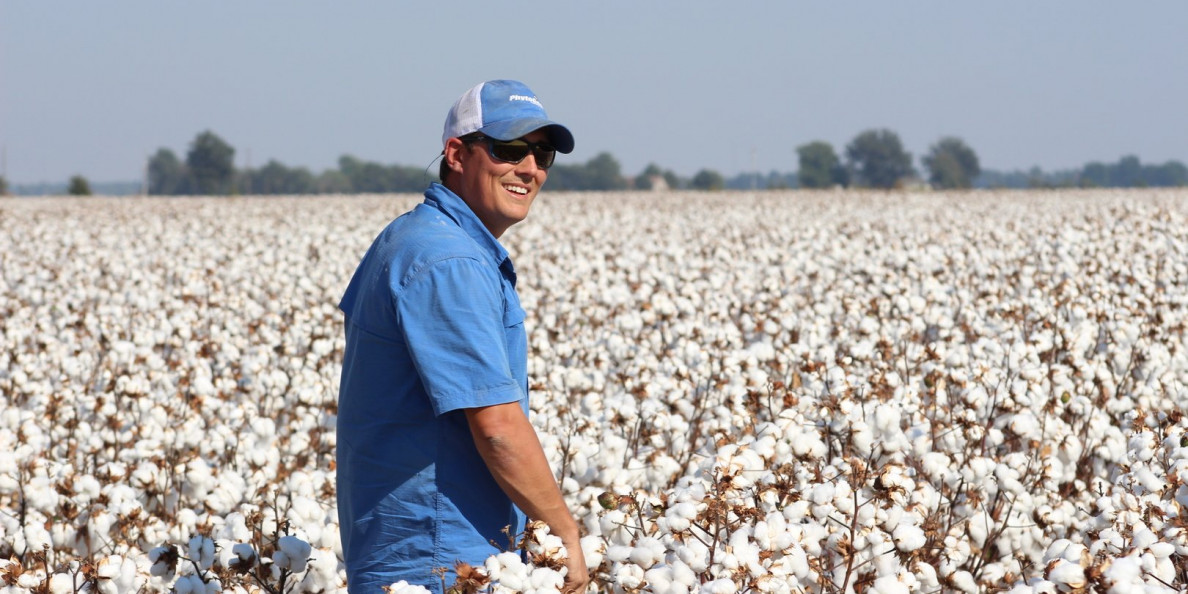International cotton prices fluctuated within a few cents during April, at the high end of the range that has been in evidence since prices broke out of their recent trading band in the previous month. The 2018/19 Cotlook A Index began the period slightly above the 87-cent mark, rising to 88.35 cents per lb at its highest point, before relinquishing some ground in the remainder of the month to end the period modestly below its opening level.
April 5 saw the introduction of the Forward (2019/20) Cotlook A Index, reflecting cotton for shipment no earlier than October/November. The initial value, at 85.65 cents per lb, represented a discount of 125 cent points in relation to the Current Index on that date, and was some 3.6 cents lower than the initial 2018/19 Index value established about a year earlier. The differential remained more or less steady in the intervening weeks; by the end of the period, the discrepancy between the indices stood at 135 cent points. For comparison, the inverted July/December ‘spread’ in New York was just over one cent.
The upward movement of futures early in the period was attributed to several factors including a spate of speculative buying, as well as shifting perceptions regarding the progress of Sino-US trade talks; comments made by the US Treasury Secretary mid-month gave support to the view that Washington and Beijing are edging closer to an accommodation on trade issues, while a further face-to-face meeting is scheduled between senior representatives from the two countries as this report is published.
Futures also derived some support from an announcement early in the period that an additional 800,000 tonnes of Sliding-Scale import quota will be allocated to Chinese buyers this year. China’s cumulative imports in the season to March totalled in the region of 1.42 million tonnes, compared with just 770,000 tonnes by the same point in 2018. Cotlook’s estimate of imports during 2018/19, of two million tonnes, therefore seems achievable.
However, further news from China, confirming that the 2019 State Reserve auction series will begin in early May (and continue until September 30), contributed to a weaker trend on the country’s domestic market. Both the additional import quota and the imminent State Reserve auctions may add to an already abundant local supply position. Domestic ‘commercial’ stocks (excluding those held by mills or in the State Reserve), as estimated at the end of March, were equivalent to perhaps six months of local consumption.
US export reports released during the period denoted a fairly robust pace of sales. The volume committed for export in the current season by the week ended April 25 was already very close to USDA’s estimate of 15 million 480lb bales, though shipments have tended to lag behind the pace required to reach that figure. Commitments to China have remained well below those of recent seasons (those of upland by late April were one third lower, whereas Pima sales showed an increase of 20 percent). A recent improvement in sales to China would seem consistent with the idea that a resolution of the Sino/US trade tensions appears in the offing before the end of the current season, as would the fact that China continues to dominate with regard to forward sales, accounting for some 45 percent of all upland sales registered for shipment in 2019/20.
Elsewhere, business activity during the period was characterised mainly by spot buying during price dips. Consuming markets including Bangladesh and Far Eastern countries adhered to a predominantly hand-to-mouth buying pattern, with demand remaining focused on cotton available nearby, particularly West African. Brazilian lint also attracted a good level of demand, with some forward volume purchases taking place in the past month.
Spinners in India displayed quite strong import demand at times, owing to a sharp incline in local cotton values, which lent a competitiveness to imported lots vis-à-vis local cotton. A good portion of that demand was directed toward US lint, as well as the popular African Franc Zone high grades.
On the supply and demand front, changes to Cotlook’s figures during the past month imply lower output in 2019/20 than a month ago, but the total would still exceed 27 million tonnes, for only the second time in history. Production in the United States is still expected to recover from last year, owing mainly to lower abandonment in Texas, but a reduction to Cotlook’s number was informed by Washington’s Prospective Plantings report, released at the end of March, which implied a lower figure than had been earlier anticipated. The state-mandated reduction of output in Uzbekistan saw the figure for that producing country lowered, but the change was virtually offset by an increase for the African Franc Zone, where output looks on course to set a new record. Our expectation for Brazil in 2020 was unchanged on the month, but a staggering increase in the size of the 2019 crop remains in prospect (movement of the Brazil 2019 crop will correspond roughly with the shipment period of Northern Hemisphere 2019/20 cotton).
Cotlook’s estimate of global consumption underwent few changes during the period, but was lowered modestly on balance, to 26,644,000 tonnes in 2019/20. This still implies a recovery of 3.4 percent on the previous season (adversely affected by the Sino-US trade conflict as well at the financial difficulties of various emerging markets). The forecast would represent the highest world consumption on record. Nevertheless, taking into account the above adjustments, at this early stage the forecasts imply that world stock levels at the end of 2019/20 will have increased by over 400,000 tonnes. For time being, therefore, the outlook for global cotton fundamentals offers little to imply a bullish price run in the coming months.
Πηγή: Cotton Outlook




